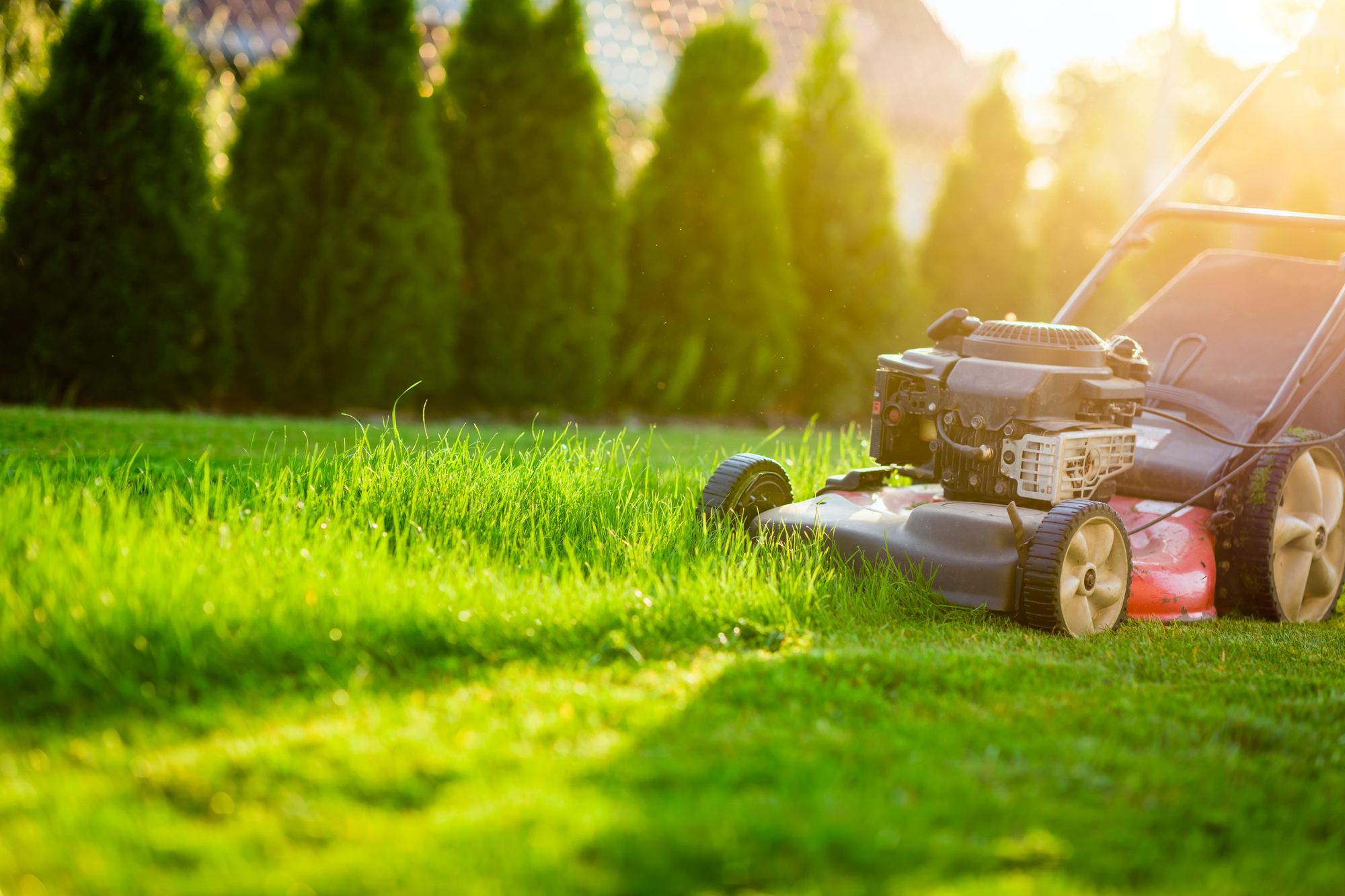To mow or not to mow? That is the question this month.
The No Mow May event, now becoming more popular, is a movement that asks people not to mow their lawn or to at least reduce the frequency of their mowing for the month of May. This, in theory, is to allow for more early-season flowers to provide food for pollinators.
The theory is of concern to Dr. Sarah Stricker of the Guelph Turfgrass Institute at the University of Guelph are raising what they see are red flags about the movement.
“We’ve seen a really warm spring, so the grass is growing and it needs to be mowed,” said Stricker, the communications and outreach coordinator at the institute. “Our grass is designed to be mowed and it’s healthiest when it’s mowed regularly.”
Stricker says that the No Mow May movement causes stress to the grass when it’s cut too long, that dandelions, one of the most proliferate plant that pops up when lawns aren’t mowed, are actually proven to be less nutritious for pollinators as they have less pollen, and is an unsustainable way to help pollinators since the grass will be mowed eventually.
According to past studies, willow and red maple trees are actually better pollen and nectar sources.
“Lawns have a purpose in urban settings. Even if you’re not using them, they’re actually decreasing the ambient temperature around you. They’re producing oxygen, cleaning the air, they reduce dust and soil erosion. And they trap carbon as well, which is a greenhouse gas. So there’s lots of benefits of having a lawn or grassy areas around your area.
“And what we really want out of this is that people will keep plants around their home for all of those ecological benefits. A lawn actually returns water to the underground aquifers instead of letting it run off into soils. We just want people to keep grassy areas around their homes, instead of getting frustrated with a really ugly, weedy nasty lawn and putting in something like a patio,” she said.
“Patios increase soil temperature or ambient temperatures, increase runoff and don’t produce any oxygen.”
A better option than not mowing, she says, is to set aside a portion of the property to be solely dedicated to being naturalized and left for pollinators.
Dr. Nigel Raine, a professor in the school of Environmental Sciences at the University of Guelph and the Rebanks Family Chair in Pollinator Conservation, says that the gold standard for helping pollinators – if that was a landowner’s priority – would be to convert large areas of lawn into areas for native perennial and annual plants. That would include low-level vegetation, shrubs and flowering trees.
Short of that, No Mow May is a good way for people to do something to help, he said.
Dr. Raine suggests not mowing in the month of May or reducing the frequency of mowing is better for pollinators than doing nothing.
Other things people can do for pollinators is hold off on clearing leaf litter and stems from yards. Stems and leaves are good overwintering habitats for bees and other pollinators. Hollow stems might hold the offspring of last year’s cavity nesting bees, says Dr. Raine.
“That’s another thing that we should be holding off on a little bit if we can, because if there are still piles of leaves or dead stems around they may also be good habitats and overwintering habitat for bees and other pollinators.
“We certainly see butterflies in some of these surface piles of leaves that are overwintering there. We also see in sort of hollow stems there may be the offspring of last year’s cavity-nesting bees may have filled those up with their offspring. So if you cut down those stems and you throw them into the yard waste or the garbage, they obviously aren’t going to be there in your garden for the coming season.”
One study from 2014 studied how many species of bees visited white clover and dandelion flowers on lawns that were left to grow in Kentucky. The authors collected about 50 different species of insect pollinators, including 37 species of bees, two of them uncommon species.
He notes that while the flowers considered to be weeds that first come up, like dandelions, do not have as much pollen, their abundance makes up for that.
“They’re plentiful and they provide sugar-rich nectar. They may not provide the best pollen sources, and often pollen sources are limiting factors for bees that are active early in the season, but there are other sources of pollen around. Many of the flowering trees at this time of year are providing important pollen sources as well. So adding those additional resources is a good thing for those pollinators.
“I’m not trying to create any sort of frictions or ruptures here,” said Dr. Raine. “I think they just had a different perspective on that. In terms of how do you look after your turf? And I think if you’re thinking about it from different lenses, then you can come to different conclusions, of course.”


